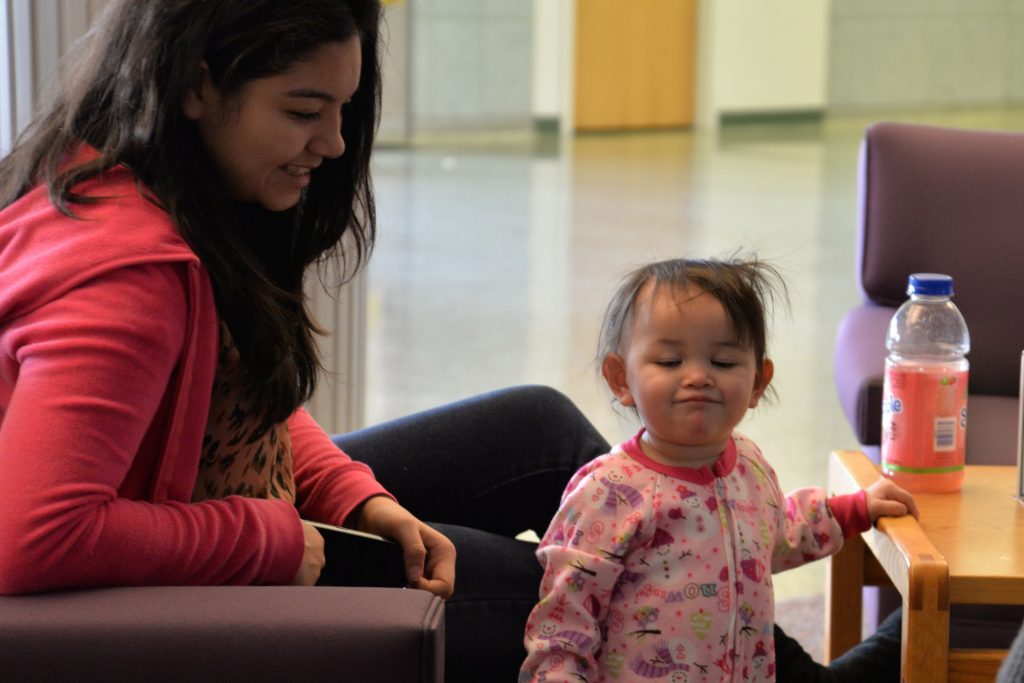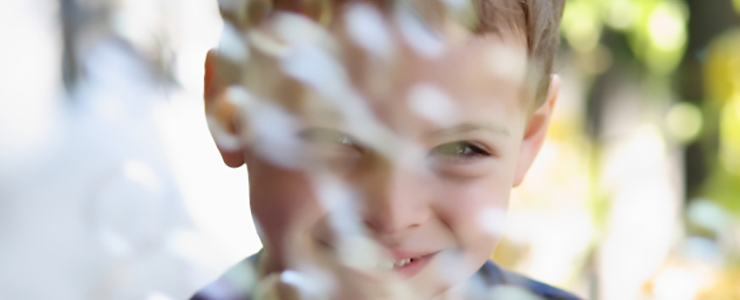Supported decision-making is a model used to help people understand and make their own decisions as they move through life…It isn’t about the ability to communicate, but rather the right to decide and be heard. —Missouri Family to Family

By Tara Zahlner
Reprinted from Partnering Together in Supported Decision-Making
with permission by Missouri Family to Family
My husband and I welcomed our beautiful baby boy, AJ, into the world in June of 2014. I had already made big plans for him, including who would provide child care and where he would attend preschool and elementary school. We were choosing for AJ to have a “normal” childhood when he was only about an hour old. It turned out that AJ had multiple illnesses in his first six months, including Myoclonic Seizures and symptoms of
a genetic deletion syndrome. After receiving the genetic test results, the doctors told us AJ probably wouldn’t be able to walk, talk or function like a “typical child”.
From the time AJ was diagnosed with 5q14.3 Chromosome Deletion Syndrome, we became his number one caregivers and advocates. We chose what he ate, drank, and wore and
how he sat, stood and slept. We worked diligently to find him every resource, service, therapy, and holistic approach available. We wanted him to WALK and to TALK. Instead of trying to teach independence and self-determination, I was trying to do everything the doctors said he wouldn’t do.
Recently, through completing Partners in Policymaking and learning about adaptive technology, assistive communication devices, and the vast number of resources available, I had a major epiphany: Why were we putting such specific demands like WALKING and TALKING on AJ when our real goal is for him to learn to COMMUNICATE and BECOME MOBILE and INDEPENDENT? We were teaching him that we wanted him to do things how everyone else does them and if he couldn’t, he wasn’t reaching his goals or living to his fullest potential. We weren’t seeing the bigger picture.
Why were we putting such specific demands like WALKING and TALKING on AJ when our real goal is for him to learn to COMMUNICATE and BECOME MOBILE and INDEPENDENT?
I will never forget one morning we built a square nest out of blankets and pillows on the floor. Instead of putting all the toys in his reach, I put one in each corner and just watched to see what he would do. What choice would he make? I sat and watched my little boy kick and roll and fling his body in one direction or the other to get to the toy he wanted. He chose which toy to play with, which sound he wanted to hear. He made conscious and self-directed choices. I learned something that day: AJ might not make choices the same way I make them, BUT AJ CAN MAKE CHOICES. We started presenting multiple food options. We began allowing AJ the power to make his own decisions.
I learned something that day: AJ might not make choices the same way I make them, BUT AJ CAN MAKE CHOICES.
Today, we let AJ play freely with his toys. We present different food options and the one that he stares at longer is the one he gets. We are learning his noises and mannerisms so we can clearly understand when he is rejecting an option. We are allowing our son the chance to communicate his choices to us and we are seeing incredible progress as his self-determination increases.
Learn More
Read other real life stories and learn more about Supported Decision-Making in the latest issue of Partnering Together.





